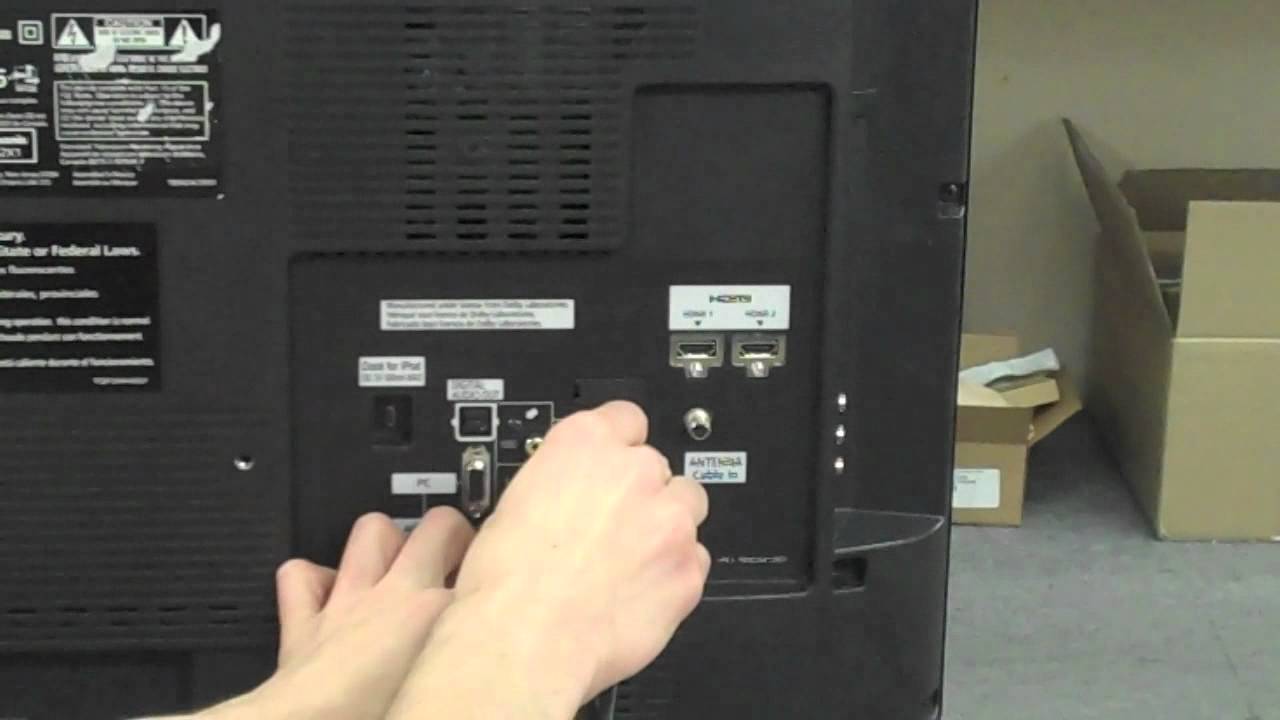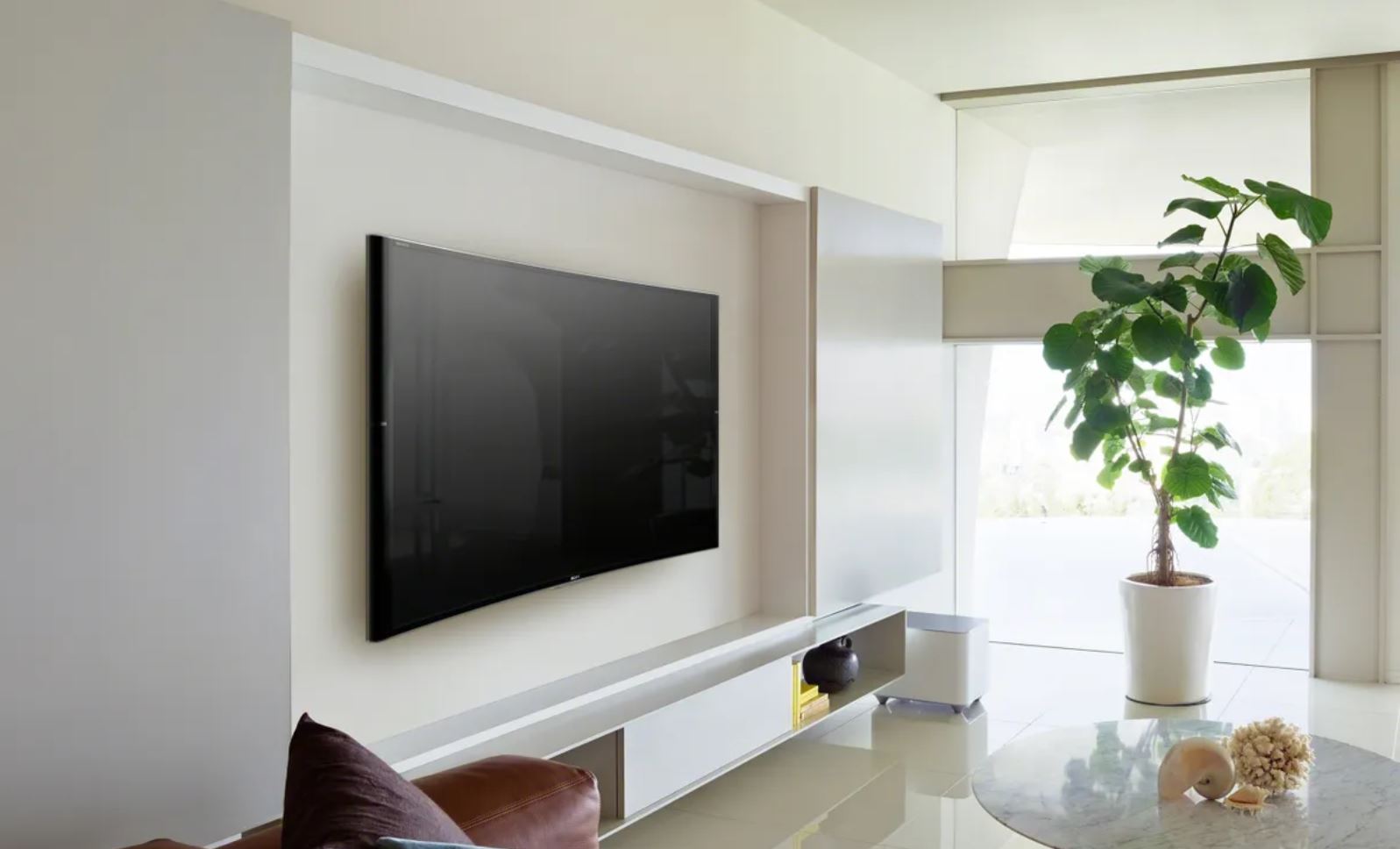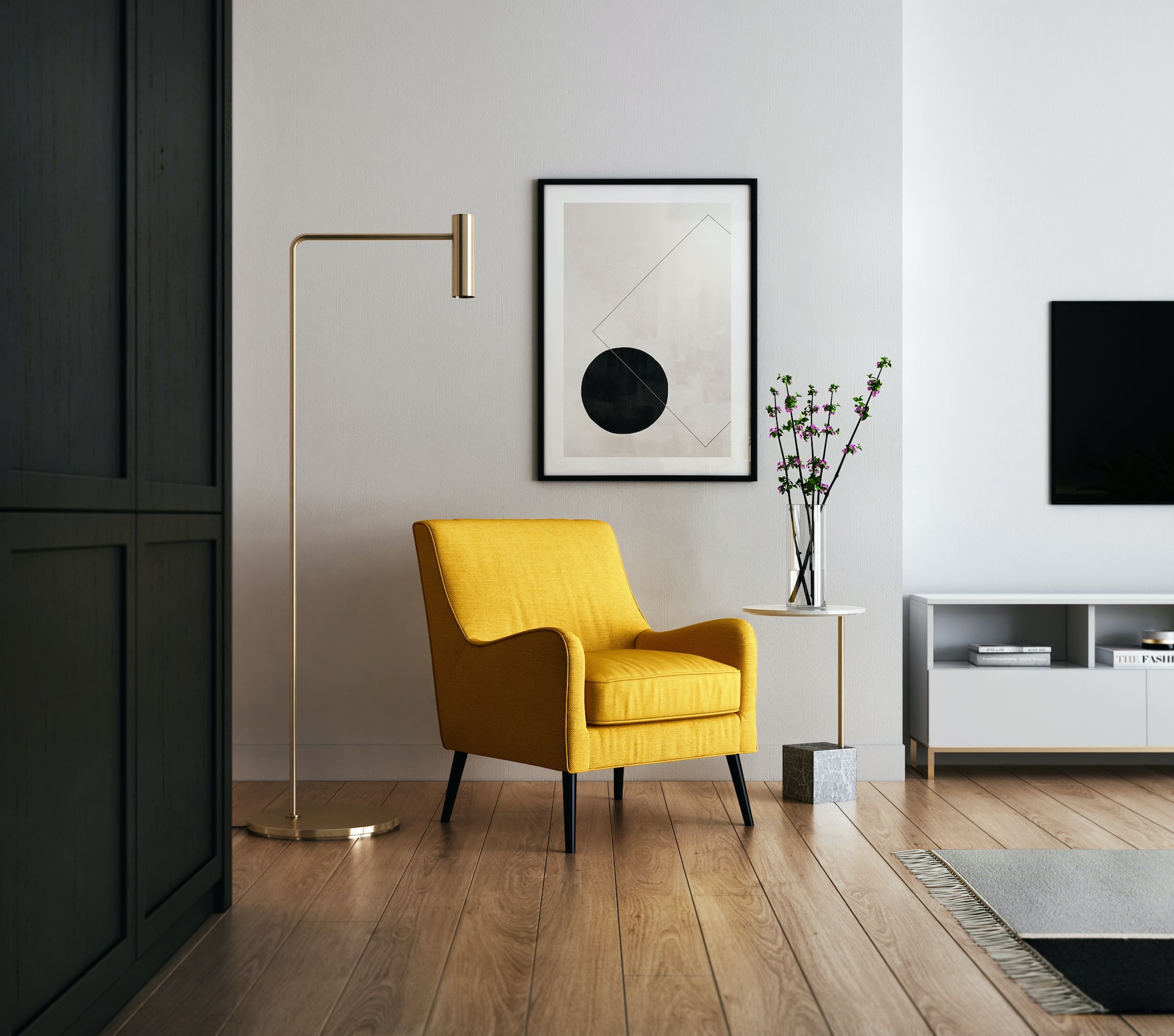Proper TV wall mount placement and viewing angles are important for a number of reasons. First and foremost, having your TV mounted at the right height and angle ensures that you have a comfortable viewing experience. A TV that is mounted too high or too low can cause neck and eye strain, making it difficult to watch for extended periods of time. In addition, a TV that is not mounted at the right angle can cause distortion or distortion of the picture, making it difficult to see the image on the screen clearly.
Proper TV wall mount placement and viewing angles also play a role in the overall aesthetics of a room. A TV that is mounted at the wrong height or angle can look out of place and disrupt the flow of the room. On the other hand, a TV that is mounted at the right height and angle can enhance the overall look and feel of the space.
When it comes to determining the proper placement and viewing angles for a TV wall mount, there are a few key factors to consider. The first is the size of the TV. The size of the TV will determine the optimal viewing distance, which is the distance between the TV and the viewer’s eyes. For example, a 32-inch TV is best viewed from a distance of about 6 feet, while a 65-inch TV is best viewed from a distance of about 9 feet.
In addition to the size of the TV, the height of the TV wall mount is also important. The general rule of thumb is to mount the TV at eye level, which is about 42 inches from the floor. This ensures that the viewer doesn’t have to strain their neck to see the screen. However, if the TV is mounted above a fireplace or other focal point, it may be necessary to adjust the height of the TV wall mount to maintain the proper viewing angle.
Another factor to consider when determining the proper placement and viewing angles for a TV wall mount is the type of TV wall mount. There are three main types of TV wall mounts: fixed, tilting, and full-motion. A fixed TV wall mount is the most basic and affordable option. It allows the TV to be mounted on the wall at a fixed position and angle. A tilting TV wall mount allows the TV to be tilted up or down, which can be useful for adjusting the viewing angle. A full-motion TV wall mount allows the TV to be moved and adjusted in multiple directions, which is ideal for TVs that are mounted in a corner or in a multi-purpose room.
In addition to the type of TV wall mount, the type of wall on which the TV is mounted can also affect the placement and viewing angles. A solid wall, such as a brick or concrete wall, is the best type of wall for mounting a TV. This type of wall provides the most stability and support for the TV wall mount. However, if the TV is mounted on a drywall or plaster wall, it may be necessary to use additional anchors or braces to ensure that the TV is securely mounted.
Once the proper placement and viewing angles have been determined, it’s important to take the time to properly install the TV wall mount. This involves following the instructions provided by the manufacturer and using the appropriate tools and hardware. It’s also important to check the TV wall mount for stability and security after it has been installed. If the TV wall mount is not properly installed, it can cause the TV to fall, which can be dangerous and cause damage to the TV and the surrounding area.
Proper TV wall mount placement and viewing angles are important for ensuring a comfortable and enjoyable viewing experience. By considering the size of the TV, the height of the TV wall mount, the type of TV wall mount, and the type of wall on which the



